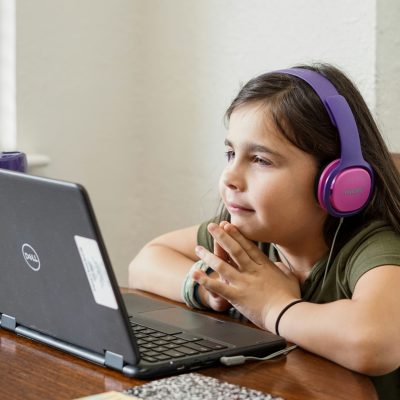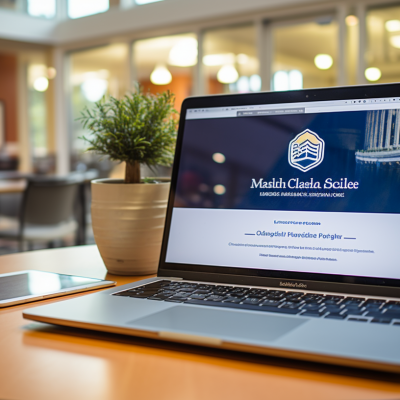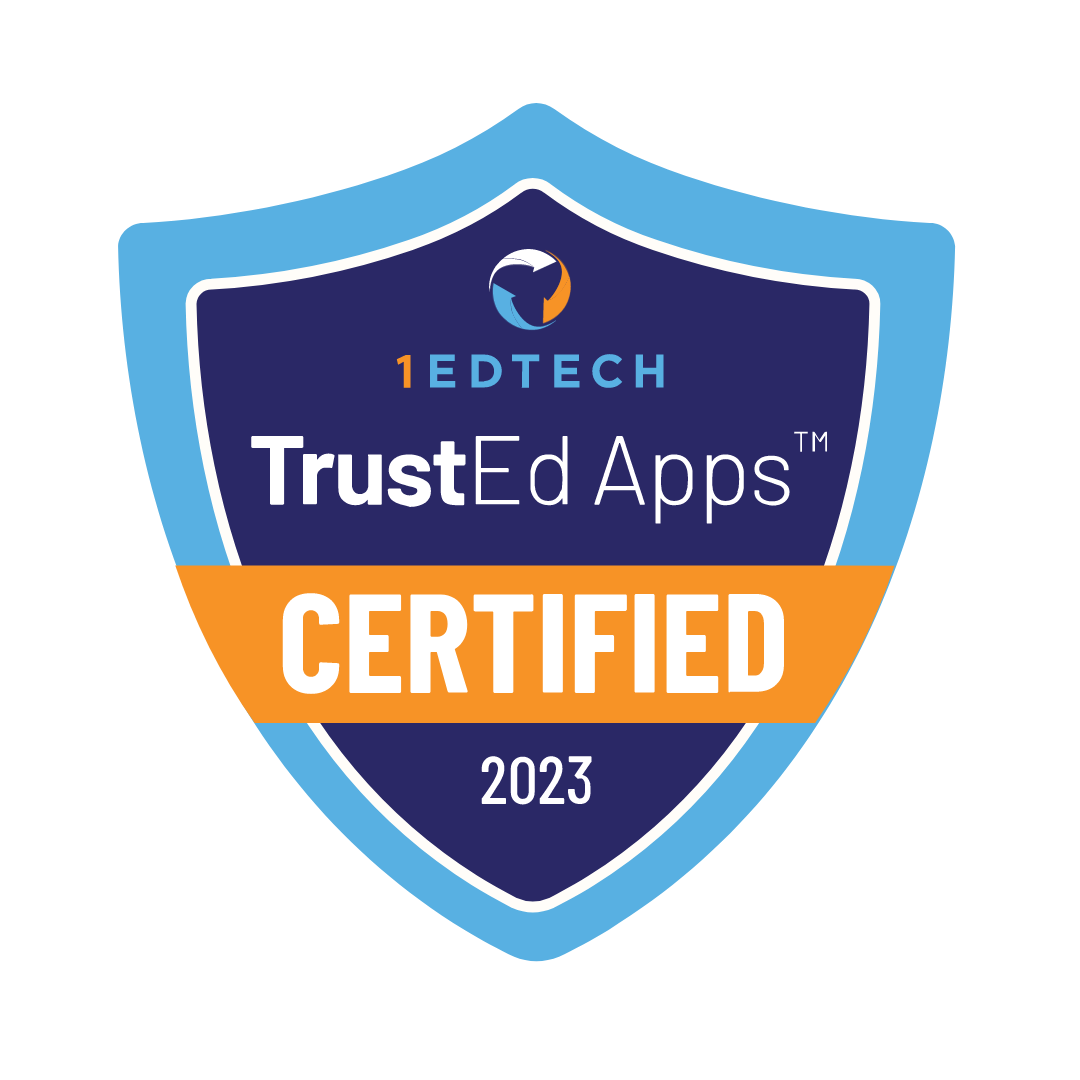The future of online education in 2024 will be bright and dynamic. Maintaining flexibility in learning will be an important component. With advances in technology, students can learn at their convenience without being confined to a traditional classroom. Resources are at their fingertips, from easily accessible lessons to interactive educational tools. However, the transition to digital learning is not without challenges. These include internet connectivity, motivation, and mental health issues. But all of these can be compared to turning the pages of a book that writes itself as you read.
Contenido
The Pros and Cons of Online Schooling

Online education has opened up a world of possibilities for students, providing flexibility, new resources, and personalized learning. But along with these benefits come notable challenges. Which include social isolation, technical difficulties, and the need for strong self-discipline.
First, let’s look at the pros. One important benefit of online education is flexibility. Students can study at their own pace. Thereby choosing the schedule that best suits their individual needs. This personalized approach can be especially beneficial for students who prefer non-traditional forms of learning. In addition, students may have time commitments or have other classes or jobs.
Access to resources is another important benefit of online learning. Digital platforms provide a plethora of learning materials, from e-books and interactive simulations to video lectures and online discussions. This abundance of resources allows students to study a variety of topics. They can also work with multimedia. This, in turn, improves comprehension and memorization of information.
Online schools offer personalized learning opportunities that cater to the individual needs of students. Personalized learning programs cater to different learning styles and paces. This allows students to receive targeted support in areas where they may need extra help. This allows them to make faster progress in the subjects in which they excel. This method personalizes. It can lead to a deeper understanding of topics and greater academic growth. This is especially true for students with unique learning needs.
Now let’s turn to the cons of online school. One notable minus is social isolation. Without face-to-face interaction with peers and teachers, students may feel disconnected from the social aspects of a traditional school environment. Developing meaningful relationships and collaborative activities are essential aspects of a holistic education. And they can be jeopardized in an online learning environment.
Look at a typical classroom – students raise their hands to ask questions, join groups to complete projects, and make friendships at recess. These experiences contribute significantly to social development. But in an online environment, these opportunities for interpersonal growth can be limited. And this affects a student’s overall well-being.
Another challenge associated with online education is technical difficulties. Learners depend heavily on a stable internet connection and appropriate technological devices to access course materials and participate in virtual classes. Inadequate access to technology or unreliable internet can create barriers to learning effectiveness. And this hinders the educational progress of some students.
Imagine a student who faces frequent internet outages. Another struggles with outdated devices during an important lecture. All these things make it hard to fully engage with learning tools. Such technical issues can create frustrating obstacles that affect the quality of learning.
Finally, self-discipline is essential for success in online school. Students must have strong self-motivation. As well as effective time management skills to handle academic assignments on their own. Without a traditional classroom’s structure, it can be hard for some students. They struggle to stay organized and focused on their studies.
For example, effectively managing one’s time without direct faculty supervision, especially when combining multiple courses or extracurricular activities, requires a high level of self-discipline that not all students possess equally.
Obviously, online learning offers many advantages, such as flexibility and expanded resources. But it also comes with significant challenges, including social isolation, technical dependence, and the need for rigorous self-discipline. You must understand these dynamics. They are key to making informed decisions about the future of education in today’s digital landscape.
As technology continues to evolve rapidly, keeping up with innovations in educational technology becomes paramount. Let’s take a look at how advances in this field are changing the landscape of learning.
Innovations in Educational Technology
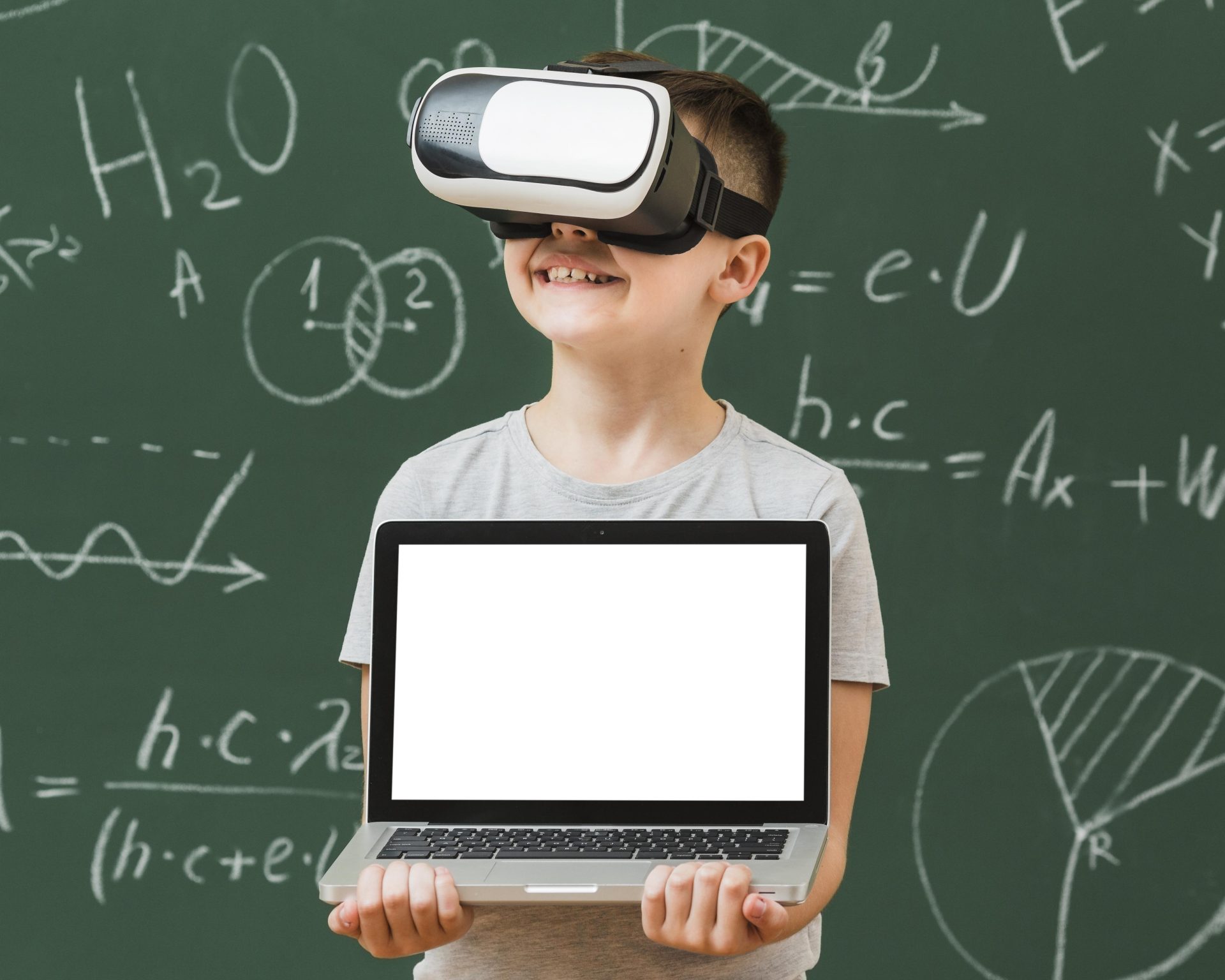
In 2024, the field of education is undergoing significant changes. This is all thanks to modern technological advancements. The integration of artificial intelligence-based personalized learning platforms has revolutionized the way students learn. It provides a personalized educational experience. It adapts to their needs and pace. It identifies their style, strengths, and areas to improve.
In addition, virtual and augmented reality tools have become a powerful tool for immersive, interactive learning experiences. With VR/AR, students can learn science concepts. And it happens as if they are right in the lab. Or travel back in time to see historical events firsthand. These hands-on applications provide a multi-sensory environment. It engages students in ways that traditional teaching cannot.
The Impact of Gamified Educational Content
Gamified educational content is another major technological innovation. It increases student engagement and motivation by incorporating game elements into learning materials. This approach leads to a more enjoyable learning process and better memorization of knowledge. Gamification creates an environment that is conducive to exploration and active participation in learning.
According to recent studies, students who utilize gamified content show increased concentration. They are more motivated and persistent in achieving their learning goals.
Facilitation of Interactive and Adaptive Learning Experiences
These diverse technological advances facilitate interactive and adaptive learning. This provides a dynamic exchange between teachers and students. Students receive real-time feedback and support. This is what encourages them to actively participate in their own learning process. In addition, artificial intelligence algorithms predict individual learning needs. Ultimately adapting instructional strategies to optimize learning outcomes.
By embracing these EdTech-driven changes, the education sector is on the cusp of a new era. It is an era characterized by personalized, immersive and engaging learning experiences. Education is changing as educational institutions adapt to these technological marvels. Which foster creativity, critical thinking and collaboration among students.
With these innovative technologies, the potential of distance learning for personal growth and academic achievement has reached unprecedented heights in 2024.
Enhancing Communication in a Remote Learning Environment

Communication is like breathing, essential to life. In an online class, where physical space does not exist, creating strong lines of communication between students and instructors becomes even more important. Traditional education is based on group discussions and individual guidance. All of this can happen online as well.
The key to good communication in remote learning is the use of technology. They mimic real-world interaction. Video conferencing platforms such as Zoom and Google Meet are the backbone of such exchanges. With the ability to see and talk to each other in real time, they bring the classroom into students’ homes. Teachers can explain concepts face-to-face and students can actively participate in the process. Meanwhile, students can ask questions and collaborate on projects. Also, tools like Microsoft Teams and Google Workspace allow students to work in teams. They allow for group projects, shared documents, and real-time editing.
Instant messaging applications are indispensable for quick inquiries and casual communication. Just as friends text throughout the day. Students can easily talk in a virtual class. Which in turn fosters communication among peers. This builds community. It combats the isolation of distance learning. These digital tools allow students to socialize online. They do so in ways that brick-and-mortar classrooms used to.
Consider a science project: using digital tools, students can work together to conduct research and share their findings. All of this is possible in real time, as if they were sitting next to each other at a desk. Also, on these platforms, teachers can hold virtual office hours. They can give extra help or guidance to students who need it. This solves a common problem where students may feel disconnected from their teachers.
In essence, by utilizing these technological communication tools, educators can replicate the interactive nature of traditional classrooms in virtual spaces. Accordingly, creating a distance learning environment conducive to student success.
We are delving into digital resources and innovative curricula. Let’s explore how they are shaping the future of education.
Review of Online Curriculum and Learning Resources
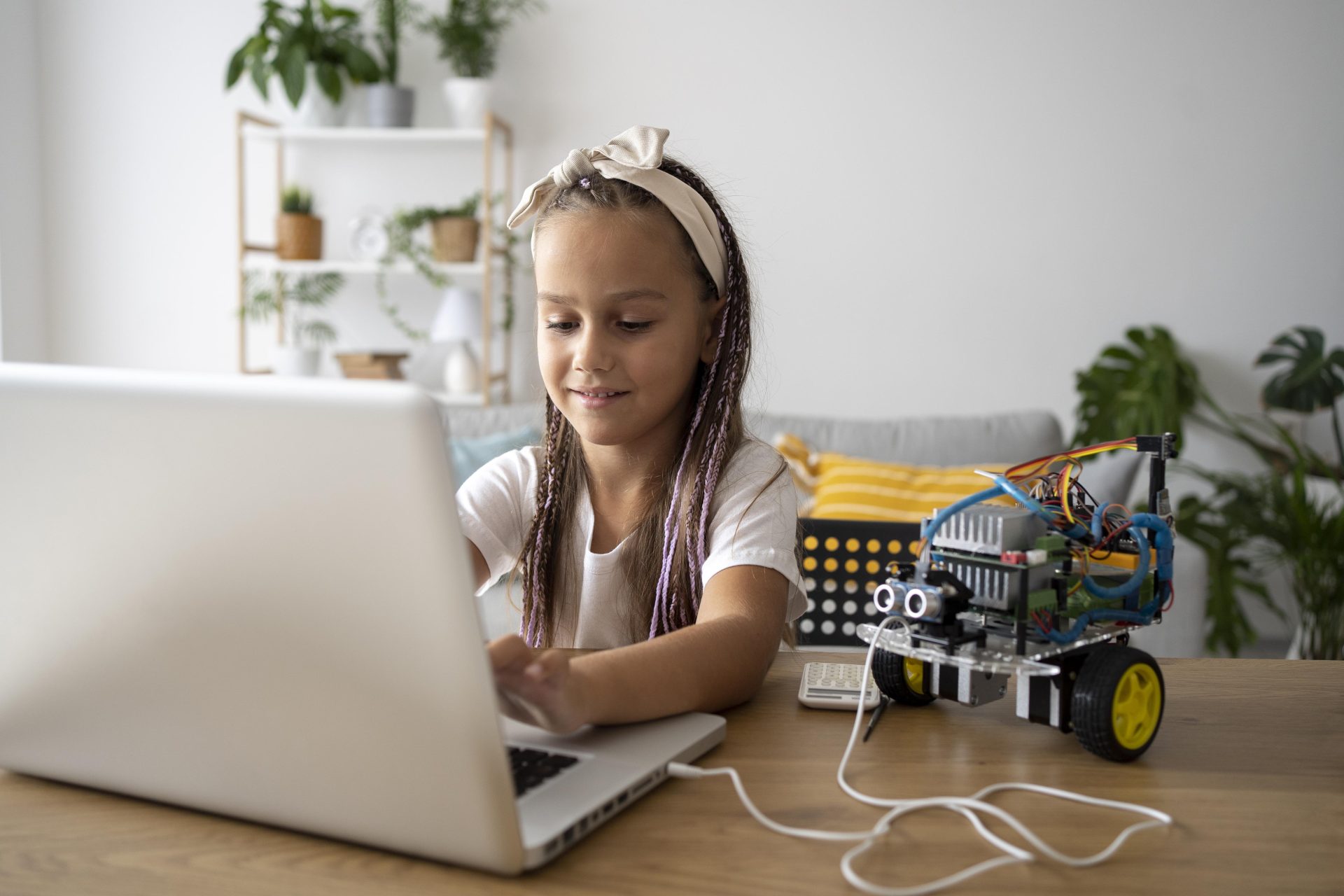
In distance learning, the materials available to students can play a critical role in success. In an online environment, the way the material is presented becomes even more important. It is the one that directly affects student engagement and understanding. Fortunately, online learning programs are often designed with this factor in mind. They offer engaging, interactive, and comprehensive content. Such content caters to different learning styles to support a wide range of students.
Above all, these online learning programs incorporate a variety of multimedia resources such as images, videos, and audio clips. This engages students visually and aurally. Thereby helping them internalize complex concepts more effectively. Instead of just reading, they can see diagrams. They can watch short videos that make abstract concepts real. This visual and auditory interaction is crucial. It maintains student interest and promotes comprehension.
Adaptive learning modules are another key aspect of many online learning programs. These modules are customized based on a student’s progress and grade level. Struggling students get more practice in some areas. Advanced students do not face extra difficulty. This is the personalized way to learn. It’s not always possible in traditional classrooms.
In addition to written materials, learning resources include e-books, instructional videos, interactive simulations, and access to digital libraries. This abundance of materials allows for varied content. It can be tailored to different preferences and learning styles. For example, visual learners may like videos. Kinesthetic learners may like simulations.
For example, a physics student may find interactive simulations useful. They can conduct virtual experiments instead of just using textbooks. Such interactive experiences foster deeper understanding and curiosity in students.
A review of online learning programs and educational resources shows that they contain a rich set of materials. They aim to engage students through many means. They also provide a personalized learning experience tailored to individual needs. This makes learning fun. It also supports different learning styles.
In the always-changing online education, it’s vital to understand how students navigate their digital classrooms. Let’s now dive into the day-to-day experiences of these virtual scholars.
A Day in the Life of an Online Student
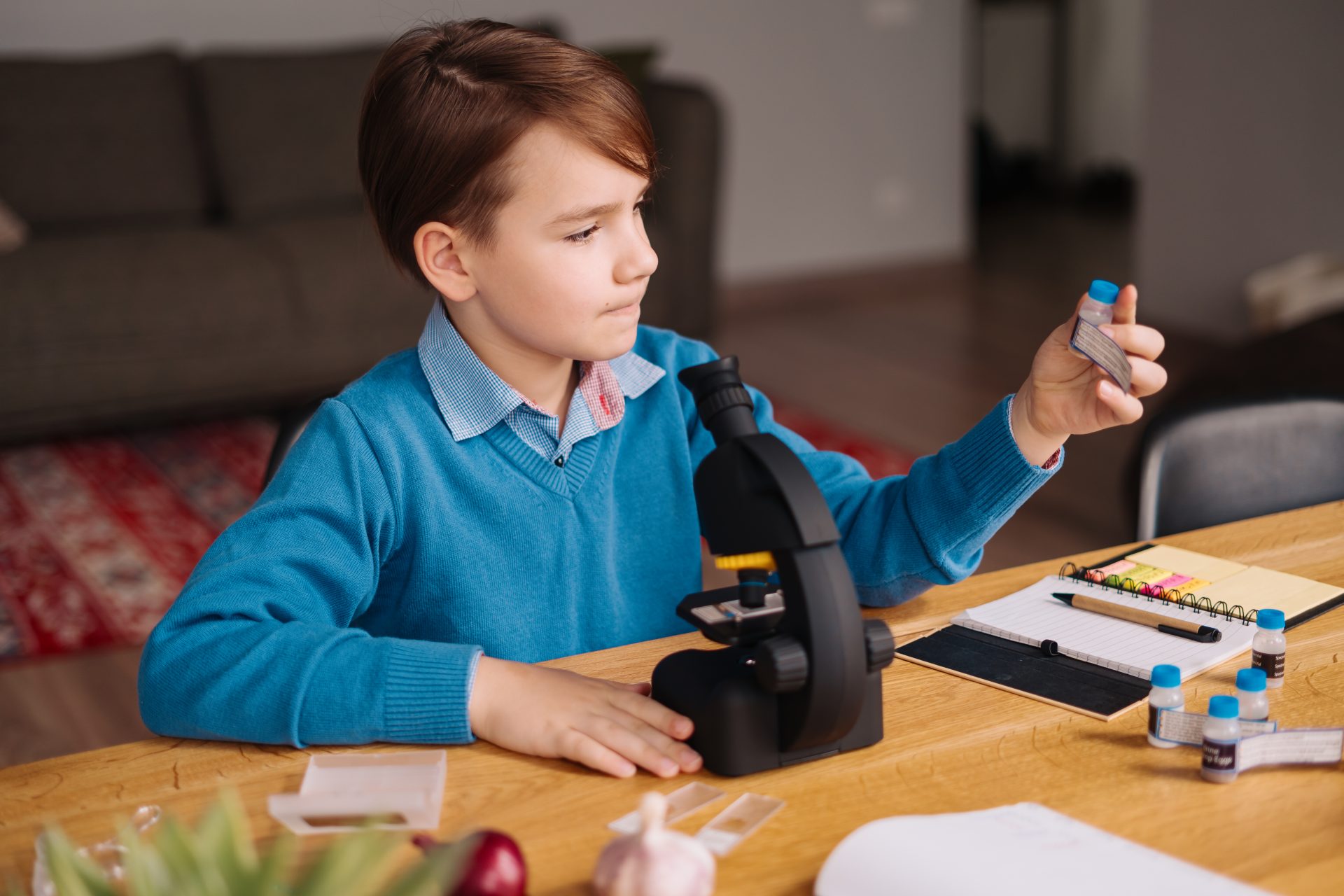
Picture this: you wake up, eat breakfast, and then just walk over to your computer to start class. No buses, no walking through the rain, and no rush. That’s just one of the many benefits of being an online student. But there’s much more to it than that.
Now, let’s look at a typical day for an online student. It involves a mix of set activities and study time.
Scheduled Virtual Classes
First off, there are virtual classes to attend. It’s important to show up for these classes regularly just like you would for in-person ones. Your teachers will be teaching lessons and answering questions like normal. You might even have classmates from different places all over the country!
Did you know? A recent survey found that online students spend about 4 hours per day in live virtual classes.
Interactive Discussions and Collaborative Projects
Next, let’s talk about interactive discussions with peers and educators. You need not feel isolated. In each class, you get to chat with everyone as if you were all together in the same room. This helps keep things fun and interesting – sharing thoughts about the topic, raising questions, or even having debates.
Working together virtually can also happen through video calls. It can also happen through specialized virtual workspace tools. These tools help manage group projects well. This makes teamwork both easy and successful without needing to organize physical meetings.
In a recent survey, over 70% of online students reported using online collaboration tools regularly for group projects.
Independent Study Time
But it’s not all virtual classes. There are also assignments to do alone. Self-discipline is vital. You must manage your time well. This way, you won’t fall behind on your work. But, also be sure not to stare at a screen for too long.
Balancing screen time with breaks and exercise is key. It’s crucial for a healthy routine. Taking short walks or stretching regularly can help maintain focus throughout the day.
In summary, being an online student isn’t all that different from being at a regular school – it’s just that your campus is inside your computer. And who wouldn’t want that kind of flexibility?
Technology continues to reshape how we learn. The future holds exciting possibilities for distance learning. So, let’s look at the horizon. We’ll find some intriguing predictions for 2024 distance education.
El éxito futuro de su hijo es nuestro principal objetivo en Legacy Online School. Visite nuestro sitio web para explorar las numerosas oportunidades de la escuela en línea Legacy.
Echa un vistazo a los programas de la escuela en línea Legacy:
Escuela primaria de Legacy Online School pone el listón muy alto. Se trata de una educación de calidad. Nos esforzamos por despertar la curiosidad. También nos esforzamos por fomentar la creatividad. Ofrecemos un sólido plan de estudios. Para ello contamos con la ayuda de educadores cualificados.
Legacy Online Middle School ofrece educación digital. Está diseñada para estudiantes de enseñanza media. La escuela se enorgullece de ofrecer clases online en directo impartidas por profesores titulados. Las clases son en línea e interactivas.
Legacy Online High School es un método único de aprendizaje en línea cuidadosamente diseñado para estudiantes de secundaria. Combina el aprendizaje síncrono, una amplia gama de métodos pedagógicos y un énfasis en la accesibilidad.
La escuela en línea Legacy ofrece lo mejor curriculum
Nuestro riguroso plan de estudios garantiza que los graduados estén bien preparados para las universidades y los centros de trabajo de todo el mundo. Además, nuestros vibrantes clubes virtuales conectan a estudiantes de todo el mundo.


